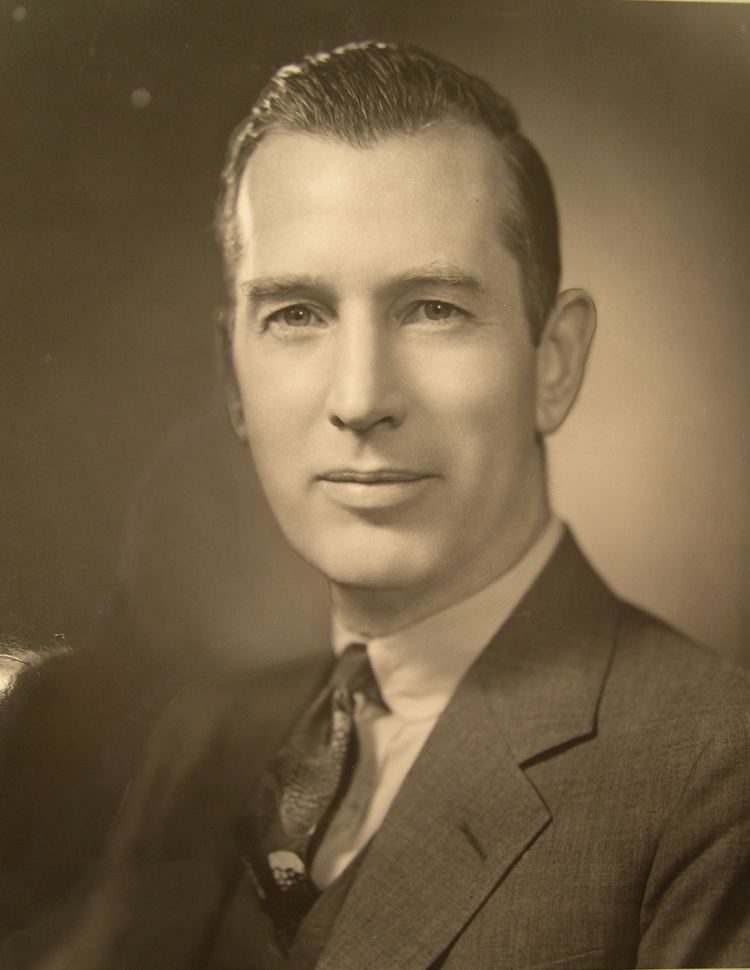Name Crawford Greenewalt Books Hummingbirds | Awards John Fritz Medal | |
 | ||
Education | ||
Crawford greenewalt early life
Crawford Hallock Greenewalt (August 16, 1902 – September 28, 1993) was an American chemical engineer who served as president of the DuPont Company from 1948 to 1962 and as board chairman from 1962 to 1967.
Contents
- Crawford greenewalt early life
- Crawford greenewalt and the manhattan project
- Life and career
- References
Crawford greenewalt and the manhattan project
Life and career
Greenewalt was born in Cummington, Massachusetts. In 1922 he earned a Bachelor of Science degree in chemical engineering from Massachusetts Institute of Technology, where he joined Theta Chi Fraternity. He later became a Life Member of the MIT Corporation in 1951, and emeritus in 1977.
Greenewalt and his wife Margaretta (née Du Pont) had two sons, Crawford "Greenie" Greenewalt Jr. (1937-2012) and David Greenewalt, and daughter, Nancy L. Frederick. The younger Crawford was a professor of classical archaeology at the University of California, Berkeley who was among the leaders of the Archaeological Exploration of Sardis. David died in 2003.
While at DuPont, Greenewalt was a key figure in their development of nylon and their nuclear power program. He was awarded the Lavoisier Medal for Technical Achievement by the DuPont Company in 1991.
His widely varied interests included ornithology and high-speed photography via his friend Harold E. "Doc" Edgerton. Greenewalt published a book of 70 high-speed photographs of hummingbirds in 1960. In 1968 he published Bird Song: Acoustics and Physiology. He also served as president of the American Philosophical Society.
He died in Wilmington, Delaware one day after having a stroke.
Greenewalt is the subject of the film The Uncommon Man: Crawford H. Greenewalt, produced by the Atomic Heritage Foundation.
